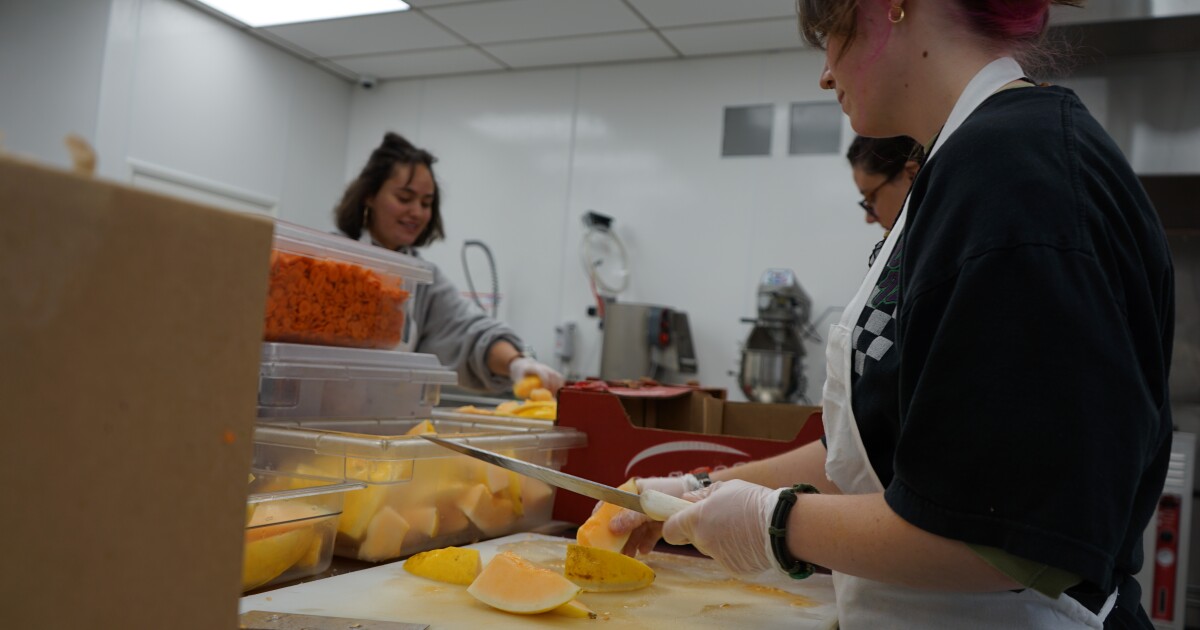With the aim of entering the strategic communication sector after graduating from the University of Wisconsin-Madison, Drew Wesson is part of a growing trend. Students across the country are increasingly pursuing double majors to gain a competitive edge in a rapidly changing job market. A Hechinger Report analysis reveals this shift as students adapt to the evolving dynamics of employment.
Wesson, who majors in international security and journalism, echoes a common sentiment among students: “There’s kind of a fear of graduating and going out into the job market.” The University of Wisconsin-Madison has seen a 25% increase in students pursuing double majors over the past decade. This trend is mirrored at institutions like the University of California, San Diego, and the University of North Carolina at Chapel Hill.
Data shows that 5.4 million degrees or certificates were earned by 4.8 million graduates in 2023-24, with 12% holding more than one credential. Economic factors drive students to diversify their skills, as highlighted by Rachel Slama of Cornell University’s Future of Learning Lab. “They’re probably clinging to the one thing that’s in their control, which is the majors they choose,” she says.
Studies, such as one by St. Lawrence University and Vanderbilt Law School, indicate that students with majors in business paired with STEM fields tend to earn more. Similarly, Ohio State and other universities found that double majors are 56% less likely to experience job loss or pay cuts during economic downturns, showcasing the benefits of diverse skill sets.
At Wisconsin, nearly 60% of computer science students choose data science as a second major, anticipating a 34% job growth in the field over the next decade, according to the Bureau of Labor Statistics. The rising unemployment rate among new graduates, higher than the general workforce, adds urgency to these decisions. Innovations like artificial intelligence are reshaping employer demands, prompting students to feel underqualified for entry-level roles.
To address these challenges, universities are encouraging the combination of majors. Taylor Odle from UW-Madison notes that institutions strategically align degree programs with industry needs. Double-majoring often requires more credits, but many students enter college with credits from dual-enrollment or AP classes, allowing flexibility in their schedules for additional majors.
About 30% of students change their majors at least once, making double-majoring a less drastic alternative. Patrick Denice from the University of Western Ontario explains that adding a second major helps students hedge against a changing job market without losing progress in their first major.
Additionally, students pursue double majors out of passion, even within popular fields like business and health, as noted by J. Wesley Null of Baylor University. This interdisciplinary approach allows students to explore diverse interests, combining fields like biology with languages such as Sanskrit or Chinese.
More students are also earning certificates alongside degrees, a trend driven by the demand for “stackable credentials.” These certificates enhance employability, says Ryan Lufkin of Instructure, as they demonstrate versatility to employers.
In summary, students are adapting to market changes by emphasizing diverse skills and credentials, positioning themselves strategically in a competitive job landscape.
—
Read More Kitchen Table News










